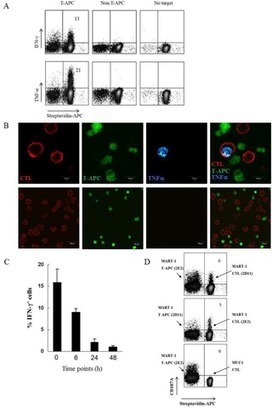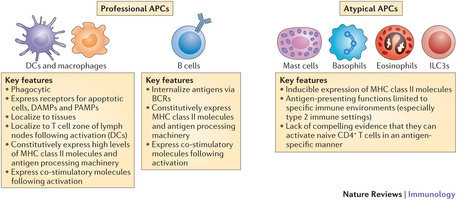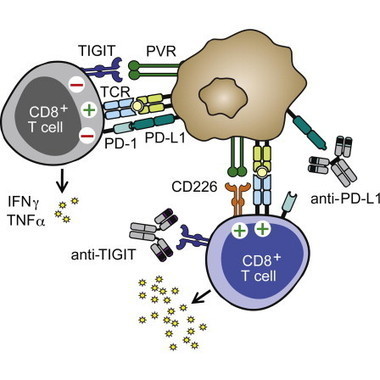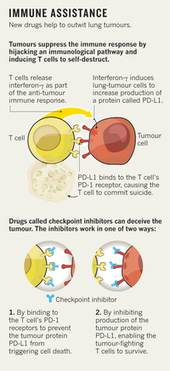Abstract
Molecular profiles of tumors and tumor-associated cells hold great promise as biomarkers of clinical outcomes. However, existing data sets are fragmented and difficult to analyze systematically. Here we present a pan-cancer resource and meta-analysis of expression signatures from ~18,000 human tumors with overall survival outcomes across 39 malignancies. By using this resource, we identified a forkhead box MI (FOXM1) regulatory network as a major predictor of adverse outcomes, and we found that expression of favorably prognostic genes, including KLRB1(encoding CD161), largely reflect tumor-associated leukocytes. By applying CIBERSORT, a computational approach for inferring leukocyte representation in bulk tumor transcriptomes, we identified complex associations between 22 distinct leukocyte subsets and cancer survival. For example, tumor-associated neutrophil and plasma cell signatures emerged as significant but opposite predictors of survival for diverse solid tumors, including breast and lung adenocarcinomas. This resource and associated analytical tools (http://precog.stanford.edu) may help delineate prognostic genes and leukocyte subsets within and across cancers, shed light on the impact of tumor heterogeneity on cancer outcomes, and facilitate the discovery of biomarkers and therapeutic targets.
Via Krishan Maggon



 Your new post is loading...
Your new post is loading...



















NATURE MEDICINE | RESOURCE
The prognostic landscape of genes and infiltrating immune cells across human cancersAndrew J Gentles,Aaron M Newman,Chih Long Liu,Scott V Bratman,Weiguo Feng,Dongkyoon Kim,Viswam S Nair,Yue Xu,Amanda Khuong,Chuong D Hoang,Maximilian Diehn,Robert B West,Sylvia K Plevritis& Ash A AlizadehAffiliationsContributionsCorresponding authorNature Medicine (2015) doi:10.1038/nm.3909Received 19 January 2015 Accepted 19 June 2015 Published online 20 July 2015